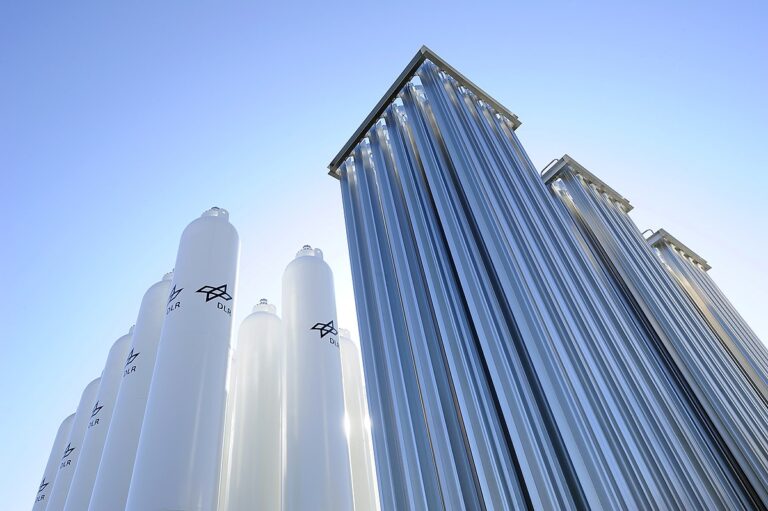The developed process allows green hydrogen to be obtained from renewable electrical energy thanks to the design and use of materials that have redox properties and respond to microwave radiation.
A team from the Institute of Chemical Technology (ITQ), a joint research center of the Polytechnic University of Valencia (UPV) and the High Council for Scientific Research (CSIC), and the Institute of Information and Communication Technologies (ITACA) of the UPV have the design of materials that can improve the process of obtaining hydrogen from water from microwave radiation.
Among hydrogen production technologies, steam electrolysis and solar thermochemical cycles using reducible solid oxides are promising but face problems due to high operating temperatures. The microwave-powered chemical redox loop enables direct, contactless electrification of the process while reducing operating temperature and complexity.
The scientists have shown in previous work that microwaves can effectively drive water reduction/splitting cycles using Gd-doped cerium oxide at low temperatures (<250 C), but the material properties need to be tuned. In this new work, they investigate the key material properties that influence the redox mechanism by screening a series of doped cerium oxide materials to enhance hydrogen production in the microwave.
The research focuses on the remarkable improvement of the production of green hydrogen through redox cycling, in which the material absorbs and releases oxygen from water and stably separates it from oxygen.
The developed process allows green hydrogen to be extracted from renewable electricity thanks to the design and use of materials that have these redox properties and respond to microwave radiation. The basis of the chemical redox cycle is the transfer of electrons between atoms of different elements in the presence of the induced electromagnetic field, which allows the electrification of the process.
Microwaves offer unique advantages in the electrification of a redox process, such as providing electrical energy without the need for contacts and drastically reducing the cycle temperature (from 1,300 C to 400 C), which also reduces the complexity of the process. H2 and maximizing energy efficiency.
“The main novelty of the work is the comprehensive study of the material properties that determine the performance of the process,” the researchers explain in “Enhanced Hydrogen Production in Microwave-Driven Water-Splitting Redox Cycles by Engineering Ceria Properties,” recently published in Advanced energy equipment.
“The foundation for the material design has been laid to adjust the production of oxygen and hydrogen and to adjust the energy state of the material, depending on the desired application. Furthermore, it has been shown that it is possible to extract oxygen through a very fast and highly controlled pulse process,” they add.
“The design of the cavities or chambers in which we apply microwaves, as well as the control of the radiation process on these materials, is essential to take advantage of the unique benefits that microwave technology offers. In recent years, this technology has been consolidated in many industrial applications due to its rapid scalability and high energy efficiency,” explains ITACA director José Manuel Catalá.
“During the research, detailed investigations were made into the influence on hydrogen production of various dopants introduced into the matrix material (cerium oxide), with the aim of tailoring the interaction with microwave radiation and the properties of the resulting energetic material. Subsequently, the hydrogen production capacity of this material and the mechanism controlling the process were studied, which will facilitate the future design of materials,” concludes ITQ Director José Manuel Serra.
This content is copyrighted and may not be reused. If you would like to collaborate with us and reuse some of our content, please contact: editors@pv-magazine.com.


